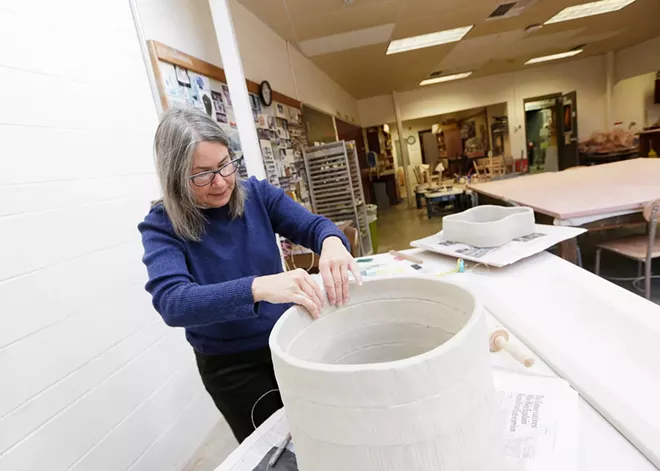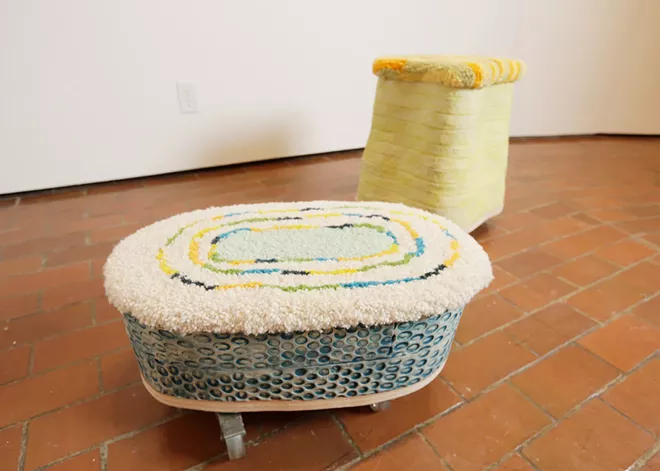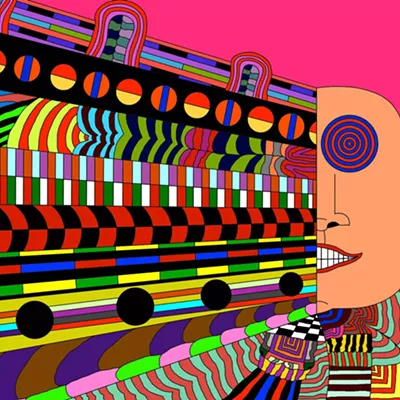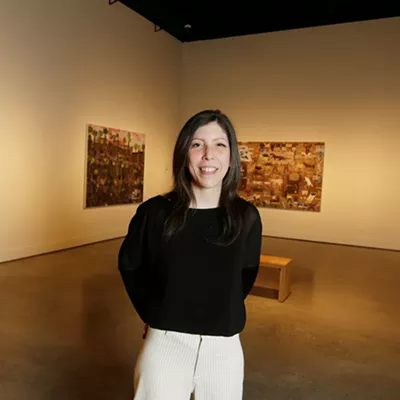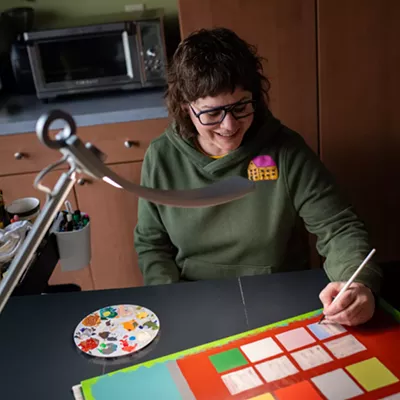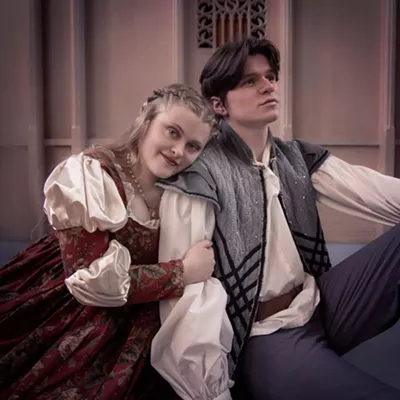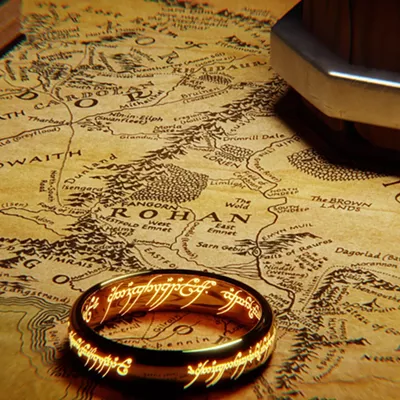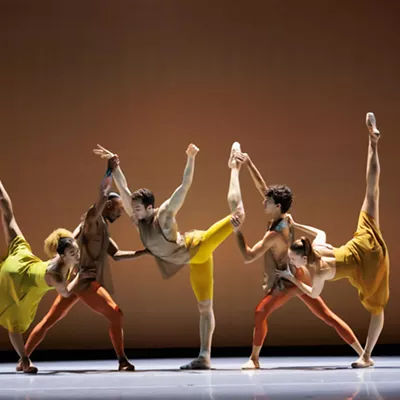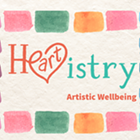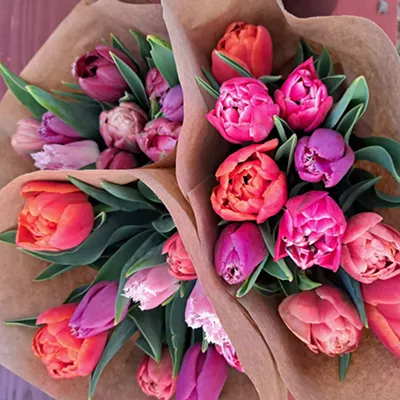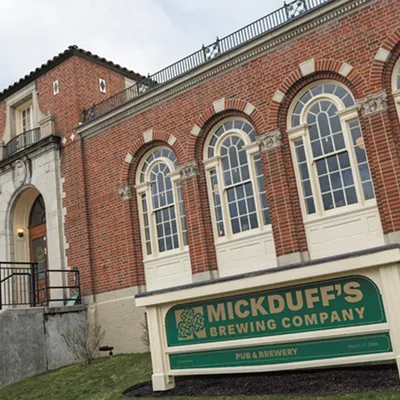Like many regional colleges and universities, Eastern Washington University regularly showcases its arts faculty's artwork. This year's biennial exhibition, however, is bittersweet, with the imminent retirement of two longtime faculty members.
"I am really sad about leaving," says professor Lisa Nappa, who's retiring after 24 years teaching ceramics. "I love my students."
Nappa's work is featured in the exhibition running through Jan. 19 alongside work by Annie Cunningham, Chris Tyllia, Greg duMonthier, Jenny Hyde, Jessy Earle, Joshua Hobson, Marc LaPointe, Nancy Hathaway and Rochelle Nielsen, as well as Roger Ralston, who is also retiring.
For her farewell exhibition, Nappa has included two of her mixed media stools featuring tufted seats, which she taught herself to create during the pandemic shutdown, and a monochromatic wall-mounted ceramic piece from the artist's residency in Rome.
"We have a lot in common," says Nappa of her colleagues.
Many are also members of Saranac Art Projects, a cooperative gallery in Spokane, which she calls a "gem."
"I think we all have a vision of the arts in our community and keeping it going the best way we can through supporting our students and kind of passing the torch," says Nappa, whose legacy extends beyond the classroom.
"The ceramics facility was in disrepair when I got there" in the mid-'90s, she explains. Together with the art department chair, Nappa wrote a whopping $250,000 proposal (equivalent to around $460,000 today). To her astonishment, it was funded.
"We received three gas kilns and four electric kilns and revamped the glazing area's ventilation to create a really dynamic ceramic studio," she says.
Nappa has been an integral part of the Spokane arts community, too. In addition to teaching, she's curated and juried exhibits, conducted guest lectures, and exhibited work both locally and nationally.
In 2004, for example, Nappa worked with Kolva-Sullivan Gallery co-founder Jim Kolva to highlight ceramics in shows and events throughout Spokane, spurred by the 50th anniversary of the Montana-based Archie Bray Foundation for the Ceramic Arts, aka The Bray. She and Kolva also teamed up to curate one of the early "Spokane Collects" exhibits at Gonzaga University's Jundt Gallery. And she helped found Red Sky Studio and Gallery — now Trackside Gallery — located next door to Kolva-Sullivan Gallery.
In addition to curating EWU exhibitions, such as the biennial "2x2 Small Scale Ceramic Sculpture Exhibition," Nappa has juried work for prominent events such as the Northwest Museum of Arts and Culture's ArtFest, Terrain, and for Spokane Arts' Chase Gallery.
Although Nappa teaches ceramics, she also works in other media, including photography and watercolor.
Much of Nappa's work deals with impermanence, especially relating to water, about which she writes in her statement: "It is often the things that we cannot hold on to that intrigue me, shadows on a wall, slight movement within leaves on a tree, reflecting light on a body of water."
Nappa, who grew up in New York, remembers visiting New York's Metropolitan Museum of Art with her mother. Iridescent Persian glass and shimmering impressionist paintings captivated her.
In high school, Nappa briefly considered pursuing photography, partially because of the magical feeling of watching an image emerge from the developing tray of chemicals used in photo processing before the digital age.
"I just liked playing in the darkroom and with the possibilities of what would happen in there by chance," Nappa says.
During her junior and senior year in high school, however, Nappa committed herself to working with clay. She credits her art teacher at Gould Academy, a private boarding school in Bethel, Maine, with inspiring her passion for clay, as well as for teaching.
An art teacher introduced Nappa to Gerry and Julie Williams, who founded one of the earliest and most successful ceramics trade publications, Studio Potter, in 1972. They mentored Nappa, who describes feeling like part of the couple's family, as well as a valued employee.
"So whenever [Gerry and Julie] needed help with a project, I'd just go live at their house and help them," says Nappa, who worked for the couple and Studio Potter magazine well into young adulthood, traveling all over the U.S. and absorbing everything she could about working with clay.
Nappa ended up in Portland, where she attended Lewis and Clark College and met Ralston, her future husband. Two years into her undergraduate degree, Nappa transferred to New York's Alfred University for its revered ceramics program, then relocated again to Baton Rouge, where she and Ralston earned their master's degrees at Louisiana State University.
Missing life on the West Coast, the couple contemplated Portland and San Francisco, settling on Seattle, where Nappa eventually ended up as the education coordinator for Kirkland Art Center.
"And then the job opened [at EWU] as an adjunct, and I really wanted to teach and there weren't many teaching jobs then," says Nappa, who figured she'd try it for a year.
More than two decades later, Nappa is ready to pass the torch and spend more time focused on her own work, travel more, maybe do some volunteer work.
"I kind of want to take a break," says Nappa, who is confident the ceramics program is in good hands with instructors like Chris Tyllia taking over more classes.
However, Nappa is also concerned about what she sees as a lack of support for the arts on a larger scale both in the community and in academia.
For example, she says, the number of full-time, tenure-track art faculty has dwindled from nine when Nappa first arrived at EWU to three, the balance mostly shouldered by lecturers and other limited contract teachers. And even though EWU has experienced declining enrollment and other financial woes — in January it announced $3.5 million in additional budget cuts — enrollment in arts classes has held steady or increased, she says.
The arts are vital for so many reasons, Nappa says, such as teaching critical thinking skills.
"And as we get more ambiguous of a world and this looming AI, people need to be able to think for themselves. They need to be able to envision things from multiple vantage points," she says. "And I think the arts teach that." ♦
2023 EWU Art Faculty Exhibition • Through Jan. 19, 2024; open Mon-Fri from 9 am-6 pm • Free • Eastern Washington University • 140 Art Building, Cheney • ewu.edu/art • 509-359-2494

